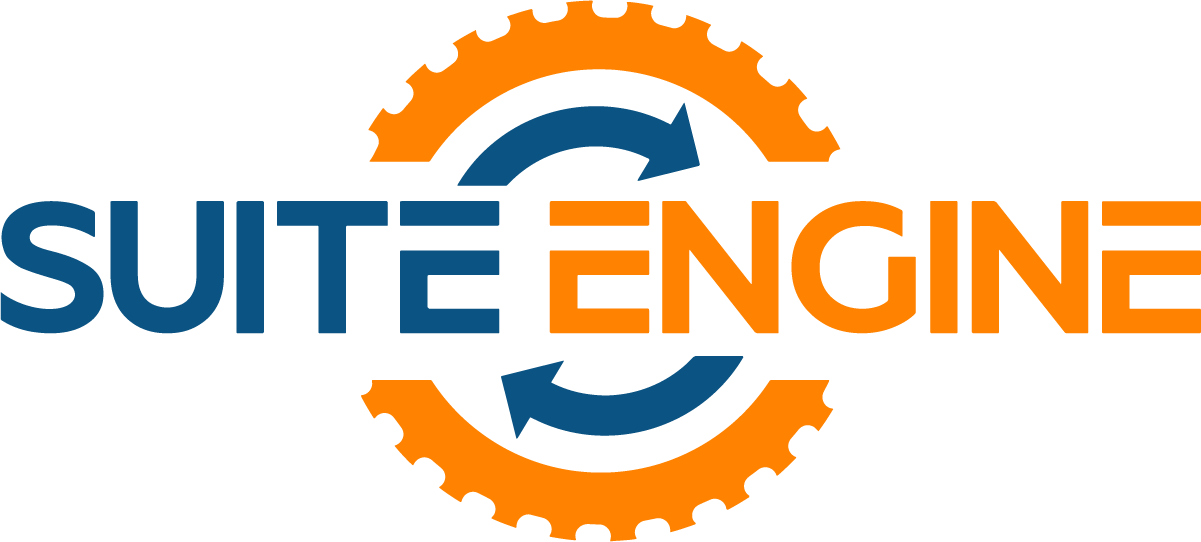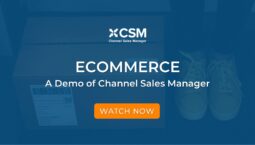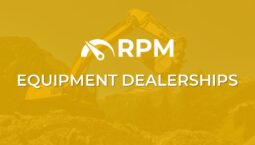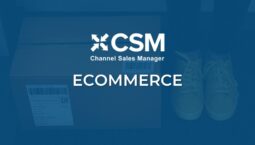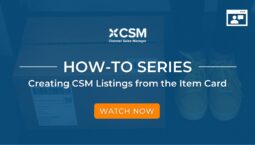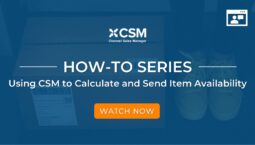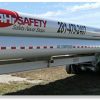Parts Department
Inventory Management Examples:
- Access a comprehensive view of parts inventory, including quantities, locations, and availability, empowering the parts department to make informed decisions based on up-to-date information.
- Analyze historical data, customer demand patterns, and lead times to automatically generate purchase orders or replenishment suggestions, ensuring optimal inventory levels and reducing stockouts or overstocking.
- Categorize and segment inventory based on various criteria such as equipment types, part categories, or customer-specific requirements. This enables targeted analysis, pricing strategies, and efficient parts management.
- Centralize your item master data, including part numbers, descriptions, units of measure, costs, and pricing – ensuring accurate and consistent information throughout your organization.
Pricing and Profitability Examples:
- Option to implement dynamic pricing strategies based on factors such as cost, demand, competition, or customer segments. The system enables flexible pricing adjustments, discounts, or promotions, maximizing profitability while remaining competitive.
- The DMS provides cost visibility, allowing the parts department to analyze pricing margins, identify profitable items, and evaluate the impact of pricing changes on overall profitability. This data-driven approach ensures pricing decisions align with desired profit margins.
- Set customer-specific pricing agreements or contracts, ensuring accurate pricing for loyal or high-volume customers. This personalized approach enhances customer satisfaction and strengthens long-term relationships.
Parts Demand and Forecasting Examples:
- Leverage historical sales data to identify demand patterns, seasonality trends, and popular parts to proactively stock fast-moving items.
- Utilize forecasting models such as moving averages, exponential smoothing, or regression analysis to predict parts demand based on historical data.
- With accurate demand forecasting, the parts department can make data-driven decisions on parts purchasing, pricing strategies, and inventory management.
A Holistic View
In today’s fast-paced and competitive heavy equipment dealership industry, having the right tools and systems is crucial for success. Throughout this list of examples, we have explored how a robust DMS can revolutionize operations in accounting, sales, service, parts, and rental departments.
Data-Driven Decisions with RPM
Now is the time to take action and experience the transformative power of RPM by Suite Engine built within Microsoft Dynamics 365 Business Central. We invite you to book a personalized demo with our team and unlock the full potential of your dealership’s data.
SUITE ENGINE | We connect your business with modern software from Microsoft.
Simplified processes. All in one place.
Equipment Management | Production Builders | and more …
Learn more from Suite Engine …
 A Demo of Channel Sales Manager - Video
March 27, 2024
READ MORE
A Demo of Channel Sales Manager - Video
March 27, 2024
READ MORE
 New Trends in the Material Handling Industry
March 21, 2024
READ MORE
New Trends in the Material Handling Industry
March 21, 2024
READ MORE
 CSM Core Refactored
March 6, 2024
READ MORE
CSM Core Refactored
March 6, 2024
READ MORE
 Building Smarter - HomeBuilder
February 27, 2024
READ MORE
Building Smarter - HomeBuilder
February 27, 2024
READ MORE
 Creating CSM Listings from the Item Card - Video
February 19, 2024
READ MORE
Creating CSM Listings from the Item Card - Video
February 19, 2024
READ MORE
 Calculate and Send Item Availability - CSM Video
February 19, 2024
READ MORE
Calculate and Send Item Availability - CSM Video
February 19, 2024
READ MORE
 Diving Deeper with Rental Analytics - RPM
February 17, 2024
READ MORE
Diving Deeper with Rental Analytics - RPM
February 17, 2024
READ MORE
 Bi-Directional Refunds and Returns Support
January 30, 2024
READ MORE
Bi-Directional Refunds and Returns Support
January 30, 2024
READ MORE
 Selection Item Video - Home Area
January 17, 2024
READ MORE
Selection Item Video - Home Area
January 17, 2024
READ MORE
 Creating a Selection Item Video - Based On Cover
January 17, 2024
READ MORE
Creating a Selection Item Video - Based On Cover
January 17, 2024
READ MORE
 HomeBuyer Central Overview | HomeBuilder Video
January 12, 2024
READ MORE
HomeBuyer Central Overview | HomeBuilder Video
January 12, 2024
READ MORE
 Retainage Processing Purchasing Viewing Reporting Video
January 12, 2024
READ MORE
Retainage Processing Purchasing Viewing Reporting Video
January 12, 2024
READ MORE
 Data and Analytics in Equipment Rental - RPM
January 10, 2024
READ MORE
Data and Analytics in Equipment Rental - RPM
January 10, 2024
READ MORE
 Bank Reconciliation Import Video
January 8, 2024
READ MORE
Bank Reconciliation Import Video
January 8, 2024
READ MORE
 Advanced Fleet Management
December 13, 2023
READ MORE
Advanced Fleet Management
December 13, 2023
READ MORE
 RPM Overview - Playlist
December 13, 2023
READ MORE
RPM Overview - Playlist
December 13, 2023
READ MORE
 Upgrading DMS to RPM in Business Central
December 12, 2023
READ MORE
Upgrading DMS to RPM in Business Central
December 12, 2023
READ MORE
 Finding the Right ISV Partner
November 8, 2023
READ MORE
Finding the Right ISV Partner
November 8, 2023
READ MORE
 The Power of Integration
November 8, 2023
READ MORE
The Power of Integration
November 8, 2023
READ MORE
 A HomeBuilder Upgrade - The Fernbrook Story
November 6, 2023
READ MORE
A HomeBuilder Upgrade - The Fernbrook Story
November 6, 2023
READ MORE
 All-in-One Construction Management System | HomeBuilder
November 6, 2023
READ MORE
All-in-One Construction Management System | HomeBuilder
November 6, 2023
READ MORE
 The Fernbrook Homes Story - HomeBuilder Suite Success
October 25, 2023
READ MORE
The Fernbrook Homes Story - HomeBuilder Suite Success
October 25, 2023
READ MORE
 Right Fleet Management System
October 4, 2023
READ MORE
Right Fleet Management System
October 4, 2023
READ MORE
 HomeBuilder Worldwide Version
October 4, 2023
READ MORE
HomeBuilder Worldwide Version
October 4, 2023
READ MORE
 Refund Retrieval in CSM for BigCommerce
October 2, 2023
READ MORE
Refund Retrieval in CSM for BigCommerce
October 2, 2023
READ MORE
 10 Things About RPM You Must Know
August 21, 2023
READ MORE
10 Things About RPM You Must Know
August 21, 2023
READ MORE
 Getting Started with RPM
August 21, 2023
READ MORE
Getting Started with RPM
August 21, 2023
READ MORE
 Full Return Support Added
August 3, 2023
READ MORE
Full Return Support Added
August 3, 2023
READ MORE
 How to Grow and Scale Your Equipment Dealership
August 2, 2023
READ MORE
How to Grow and Scale Your Equipment Dealership
August 2, 2023
READ MORE
 Data-Driven Decisions - RPM
July 28, 2023
READ MORE
Data-Driven Decisions - RPM
July 28, 2023
READ MORE
SHARE THIS POST:
